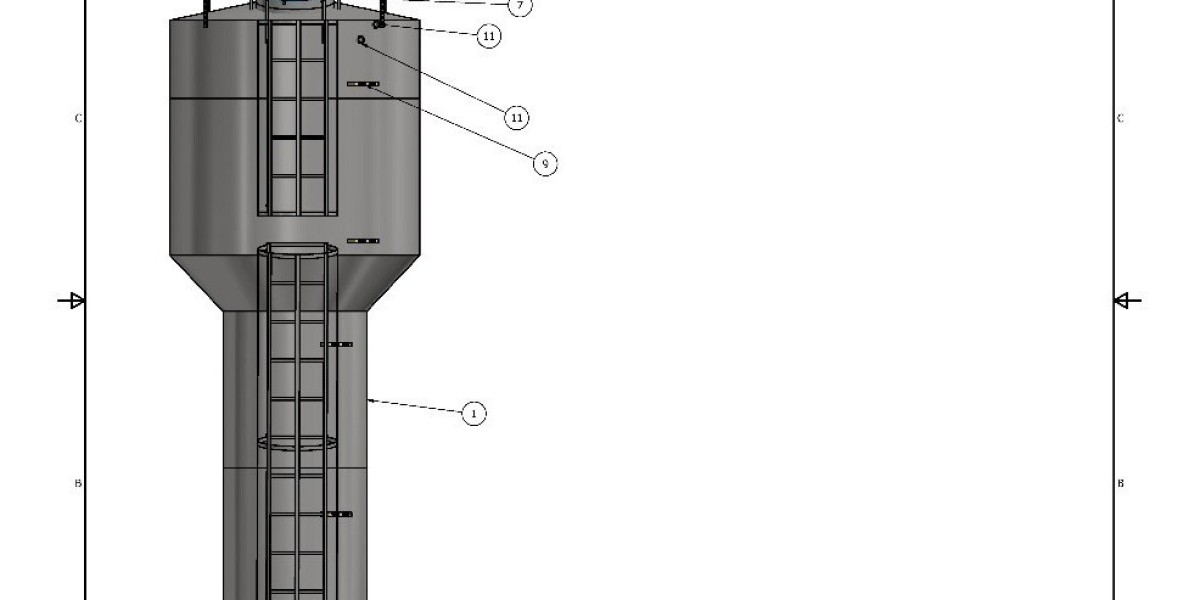 However, the overuse of petrochemically derived plastics, rubbers and artificial polymers together with their inferior recycling methods has made their remediation harder (Nanda et al. 2019; Nanda and Berruti 2021c). Alternative and sustainable methods for recycling or valorizing plastic wastes must be established instead of their pervasive disposal into landfills and oceans. Chemical components could be present in nature as components of organic molecules (such as polysaccharides, and so on) in addition to in inorganic substances (such as NH3, CO2, and so on). Microorganisms remodel lifeless organic materials into inorganic chemical compounds during biodegradation. Glucose molecules, for example, are transformed again into the inorganic compounds that plants used to create glucose by way of aerobic biodegradation. This course of is termed as mineralization as it leads within the transformation of organic materials molecules into inorganic compounds and minerals.
However, the overuse of petrochemically derived plastics, rubbers and artificial polymers together with their inferior recycling methods has made their remediation harder (Nanda et al. 2019; Nanda and Berruti 2021c). Alternative and sustainable methods for recycling or valorizing plastic wastes must be established instead of their pervasive disposal into landfills and oceans. Chemical components could be present in nature as components of organic molecules (such as polysaccharides, and so on) in addition to in inorganic substances (such as NH3, CO2, and so on). Microorganisms remodel lifeless organic materials into inorganic chemical compounds during biodegradation. Glucose molecules, for example, are transformed again into the inorganic compounds that plants used to create glucose by way of aerobic biodegradation. This course of is termed as mineralization as it leads within the transformation of organic materials molecules into inorganic compounds and minerals.A review of biomaterial degradation assessment approaches employed in the biomedical field
Nevertheless, revolutionary options, similar to public-private partnerships and incentives for sustainable practices, might help overcome these challenges and drive widespread adoption of sustainable manufacturing methods. In a round bioeconomy, the main focus is on using bio-based supplies that are renewable and sustainable. For Toalha De Hotel instance, agricultural waste may be converted into bioplastics, which can then be recycled or composted. This strategy not only reduces reliance on fossil fuels but also enhances the sustainability of production and consumption patterns.
Green Technology Challenges
This therapy strengthens the adhesion of the polymer matrix to the fiber by way of chemical reactions53,60. Singapore-based Evolooption is one other firm offering sustainable packaging options which might be made using a proprietary bio-technology and plant-based bio-polymers. It’s Hydraloop™ luggage, which are produced from corn starch and sugar pulp fibers, are 100 percent biodegradable and water-soluble. Plastics are an indispensable part of trendy society with numerous everyday purposes in a variety of industries, commerce, packaging and household.
Closed-loop systems are implemented to guarantee that waste merchandise are recycled back into the production cycle, decreasing general waste and resource consumption. Green chemistry principles guide the design of processes and products to eliminate hazardous substances, selling safer and more environmentally pleasant practices. Moreover, sustainable sourcing practices be sure that uncooked materials are procured from certified sustainable sources, further lowering environmental impression. Sustainable manufacturing methods could entail higher upfront costs, making them much less economically viable for some businesses. Additionally, scaling up these strategies to satisfy growing demand requires funding and infrastructure development.
Acetylation treatment
Cellulose is a polysaccharide comprising monomers of glucose linked by stronger β-1,four glycosidic linkages (Nanda et al. 2013). Cellulose is doubtless considered one of the predominant natural biopolymers found in lignocellulosic biomass of agricultural and forestry origin (Nanda et al. 2014). Cellulose-based biopolymers are gaining a lot consideration because of their biodegradability, excessive durability, strength and stiffness (Okolie et al. 2021b; Amorim et al. 2020; Qasim et al. 2021). The cellulose-based strengthened composites possess a low density, low value and non-abrasive nature (Polman et al. 2021). The distant tenuous molecules present in cellulose-based bioplastics include a weak hydrogen bond, which induces fast degradation.
Dynamic mechanical analysis
This treatment reduces the fiber’s hydrophilic character and increased its moisture resistance. As a outcome, peroxide radicals are employed to begin the grafting of acrylic acid on the matrix. Peroxide’s O—O bonds take away hydrogen atoms from the tertiary carbon of the polymer chain. The stress switch capacity at the interface between the fiber and the polymer matrix is enhanced by acrylic acid and subsequently improves composite properties81. After 1 h of fiber immersion in numerous concentrations of acrylic acid at elevated temperatures, alkali-pretreated fibers are washed with an aqueous alcohol answer and then oven-dried84,88. This treatment reduces the fiber’s hydrophilic nature, improves fiber-polymer adhesion, and increases composite energy.









